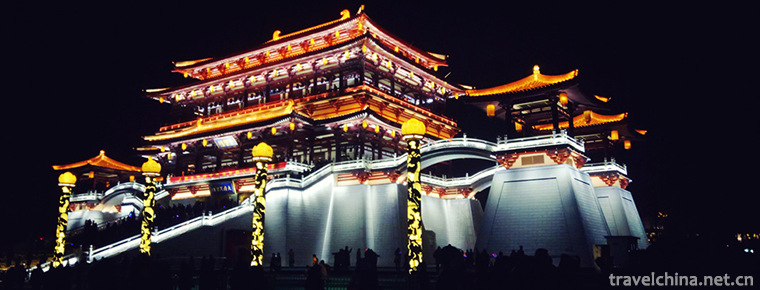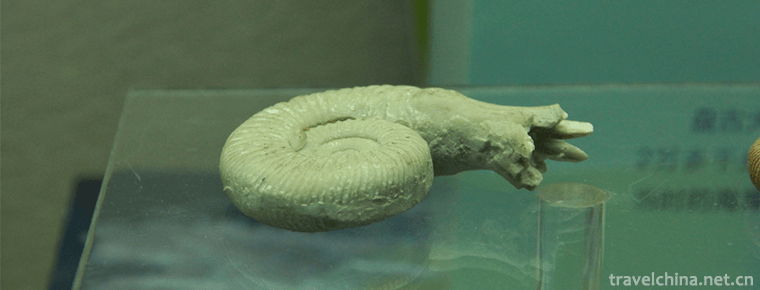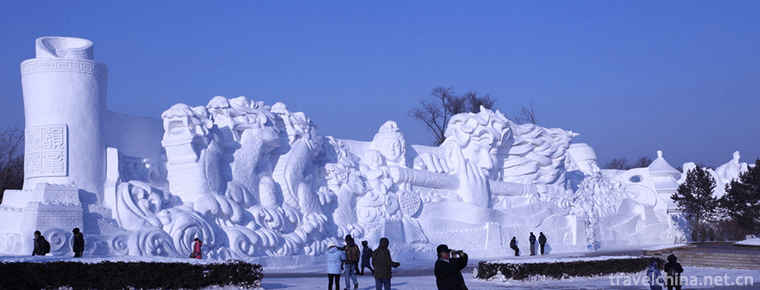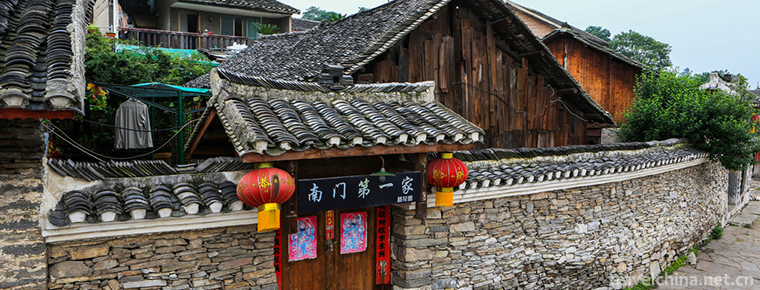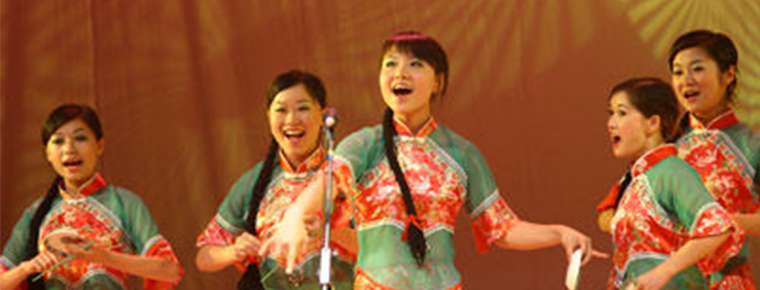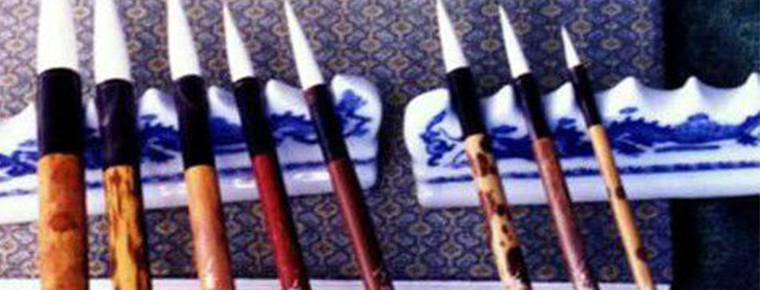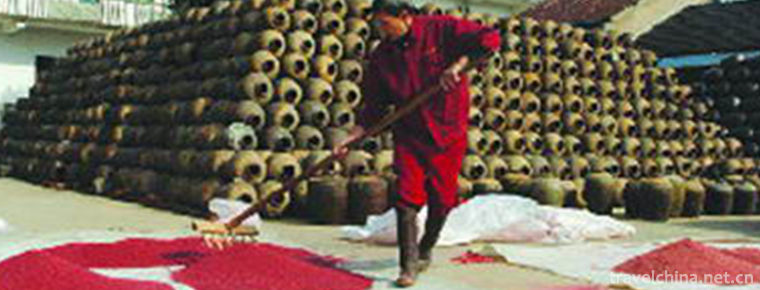Sichuan Normal University
Sichuan Normal University
Sichuan Normal University is one of the key universities in Sichuan Province and the first national universities to implement the "Basic Capacity Building Project of Colleges and Universities in Central and Western China". It is the earliest university in Sichuan Province to hold undergraduate normal education and has the longest history of running secondary education in normal universities. The school is located in Chengdu, the capital of Sichuan Province. There are three campuses: Lion Mountain Campus, Jackie Chan Campus and East Campus.
Education has a long history. The school was founded in 1946, and its birth has a direct historical origin with Northeast University. In the early period of the Anti-Japanese War, Northeast University moved to Santai County, Sichuan Province to run a school. After the victory of the War of Resistance Against Japan, Northeast University moved back to Shenyang. Teachers and students in Liuchuan founded the private North Sichuan Agricultural and Technical College on the original campus. In 1949, the school absorbed Xishan Academy and renamed it Private Chuanbei University. In 1950, the school merged with the Private Academy of Northern Sichuan Literature to form a public North Sichuan University, which was relocated to Nanchong City, Sichuan Province and renamed North Sichuan University. In 1952, with North Sichuan University as the main body, Sichuan Normal University was established by merging some majors of East Sichuan Education Institute (formerly Rural Construction College), Sichuan University and West China University. In 1953, teachers and students from some departments of Chongqing Normal University entered Sichuan Normal University. In 1956, the undergraduate major of Sichuan Normal University moved to Lion Mountain in Chengdu. In 1964, the three departments of mathematics, physics and chemistry of Chengdu University (now Southwest University of Finance and Economics) were merged into our university. In 1985, with the approval of the State Education Commission, Sichuan Normal University was renamed Sichuan Normal University. In 1999, Chengdu Coal Cadre Management College of the former Ministry of Coal was integrated into our school as a whole.
There are all kinds of disciplines. The school is the first batch of master's authorized units and the tenth batch of doctor's authorized units in China. It has eleven disciplines including literature, science, engineering, philosophy, economics, management, law, history, education, art and agriculture. There are 2 post-doctoral mobile stations, 3 first-level disciplines authorized by doctoral degree, 26 first-level disciplines authorized by doctoral degree, 25 first-level disciplines authorized by master's degree, 13 types authorized by master's degree, and 82 undergraduate disciplines. Among them, four provincial key disciplines are constructed, two first-level disciplines are provincial key disciplines, and two second-level disciplines are provincial heavy. Seventeen key disciplines have been established, including one key research base of Humanities and social sciences, one key laboratory of the Ministry of Education, one key laboratory of Sichuan Province, three collaborative innovation centers of Sichuan Province in 2011, four key research bases of philosophy and Social Sciences in Sichuan Province, key laboratories of universities in Sichuan Province, National Research Center of Sichuan Province and Sichuan Province. There are 10 provincial engineering laboratories and a Science and Technology Park of Sichuan Provincial University.
Teachers are strong. Since its founding, the school has emerged with famous Mohist Wu Feibai, one of the founders of sociology and folklore in China, Liu Shaoyu, one of the founders of educational psychology in China, Tang Bingzheng, Documentation expert Qu Shouyuan, Exegetics expert Liu Junhui, Condensation Physics expert Zhao Minguang and Tuo. Liu Wangjin, an expert in flushing, and Ding Xieping, an expert in non-linear analysis, are well-known experts. School teachers have been approved seven "young and middle-aged experts with outstanding contributions from the state", one "one or two-level candidates for national millions of talents project", one "national millions plan leader", one "national famous teaching teacher", six candidates for the "excellent talents support plan for the new century" of the Ministry of Education, and enjoy the special features of the Government of the State Council. Special allowance for 50 experts, 116 academic and technical leaders and reserve candidates in Sichuan Province, 30 outstanding experts with outstanding contributions in Sichuan Province, 8 famous teachers in Sichuan Province, 12 famous teachers in Sichuan Province, excellent teachers in China, model teachers in China and National May 1 Labor Medal There were 28 winners and advanced workers in the national education system. There were 39 outstanding teachers in Sichuan Province, winners of the May 1st Labor Medal in Sichuan Province and pacesetters of teachers'morality in Sichuan Province. In addition, the school also hired academicians of the two academies, specially hired professors of the Yangtze River scholars, the national "thousand people plan", the national "outstanding youth" and more than 20 high-level talents.
Educating people has achieved remarkable results. The school has a national cultural quality education base for college students. It is a national demonstration school for deepening innovation and entrepreneurship education reform and a National University for implementing innovation and entrepreneurship training plan. It has established a 33-year-old "school-in-school" school, Aesthetic Education School of Sichuan Normal University. The school has built 90 national and 429 provincial projects of "quality engineering". Among them, there are 3 national excellent teacher training projects, 12 national characteristic specialties, National Innovative Experimental Zone of talent training mode, national experimental teaching demonstration center, national teaching team and off-campus practical education of National University students. There are 1 joint training demonstration base, 1 National Popularization base of Humanities and social sciences, 15 national excellent courses, bilingual teaching demonstration courses, excellent video open courses and excellent resource sharing courses, 19 national planning textbooks in the 11th Five-Year Plan and the 12th Five-Year Plan. There are 435 innovative entrepreneurship training projects for college students at home level. The school has won 12 second-class awards for nearly three national teaching achievements, 96 second-class awards for teaching achievements in Sichuan Province (31 first-class awards), 2 second-class awards for teaching achievements of national education degree, 4 excellent master's theses for national education degree, and postgraduate teaching for national education degree. In the past three years, the Competition has won 49 awards (including first-class awards and above 10). Over the past 71 years, more than 300,000 graduates, represented by Li Yanrong, academician of the Chinese Academy of Engineering, Tang Yong, academician of the Chinese Academy of Sciences and Guo Hong, academician of the Royal Canadian Academy of Sciences, have been trained. They have made due contributions to national construction in their posts.
Scientific research has yielded fruitful results. Since the Twelfth Five-Year Plan, the school has undertaken nearly 4,000 scientific research projects. Among them, the Ministry of Science and Technology supports 4 projects (major R&D), the National Natural Science Foundation, the National Social Science Foundation (including major, key), the National Art Foundation and other state-level projects more than 300, and more than 700 provincial and ministerial-level projects. In fact, more than 250 million yuan has been spent on scientific research, and more than 11,000 academic papers have been published, including nearly 400 high-level papers published in China Social Sciences, Economic Research, SCI/SSCI, 155 authorized invention patents and more than 1,000 scientific research achievements transformation projects. In 2018, the number of projects sponsored by the National Social Science Foundation ranked second in the province, first in provincial universities, thirteenth in national teachers'colleges, first in the province and third in the country.
Extensive foreign exchanges. The school is one of the foreign exchange centers of colleges and universities in Sichuan Province and approved by the Ministry of Education of China for the admission of overseas Chinese, students from Hong Kong, Macao and Taiwan, and students from Macao for escort. It has established extensive academic exchanges and personnel training relationships with 110 institutions and educational and scientific research institutions in 25 countries and regions. To support overseas students at all levels and carry out joint training projects at all levels and in different countries; to establish two Confucius Institutes in cooperation with Yonsei University in Korea and Karachi University in Pakistan, and to build Confucius Schools with Pedro Middle School in Pakistan. It has established Japan Research Center, Korea Research Center, Sino-Russian Cultural Exchange Center and Sino-French Cultural Exchange Center, and co-sponsored "Chengdu Sejong School" with Yonsei University of Korea.
Social services are powerful. As an advanced collective of national unity under the State Council, the school has long exerted its talents and scientific and technological advantages to support local economic and social development, especially the development of education. It has set up Sichuan University Teacher Training Center, Sichuan University Cadre Training Center, Sichuan Branch Center of National College Teacher Network Training of the Ministry of Education, and Sichuan Teachers'Teachers. The provincial training and research institutes include GCA, Sichuan Normal University Basic Education Curriculum Research Center, Sichuan Teachers'Continuing Education Training Center, Sichuan Coal Mine Safety Technology Training Center, etc. Long-term Counterpart Assistance Ganzi Litang County, Liangshan Puge County, Cangxi County, Guangyuan City, Wusheng County, Guangan City and other poor counties. In 2017, the school led the establishment of the C5 Education Accurate Poverty Alleviation Alliance, which successively established "New Rural Construction College" in Yilong County of Nanchong City, Beichuan Qiang Autonomous County of Mianyang City, Cangxi County of Guangyuan City, Dachuan District of Dazhou City, Puge County of Liangshan Prefecture and Litang County of Ganzi Prefecture to help out of poverty accurately.
Sichuan Normal University is rooted in Bashu University and serves the new strategy of governing Shu and rejuvenating Sichuan. In the new era, under the guidance of Xi Jinping's socialist ideology with Chinese characteristics in the new era, all teachers and masters are deeply studying and implementing the spirit of the Third Plenary Session of the Eleventh Session of the Provincial Party Committee, devoting themselves to the development of schools as cradles for the birth of people's educators, bases for the growth of outstanding principals, platforms for the transformation of outstanding educational and teaching achievements, the state and the fourth round. The high-end think tank of Sichuan Province's education conscientiously carries out the responsibility and mission of Sichuan Normal University to lead regional teacher education, promote local economic and social development, serve the country's major needs, inherit and innovate Chinese civilization, and continuously improve its ability to serve local economic and social development and basic education. At present, the whole school's teachers and students are united, harmonious and vigorous, and strive to build the school into a "first-class teacher training base in China and a teaching and research university with distinctive characteristics".





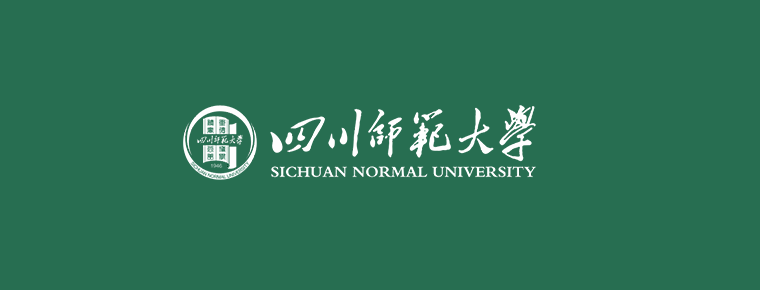
-
Dayan Pagoda Datang Furong Garden Scenic Area
The Furong Garden of the Tang Dynasty is located in Qujiang Development Zone in the south of Xi'an City, Shaanxi Province, on the southeast side of the Big Wild Goose Pagoda..
Views: 161 Time 2018-12-12 -
Conch Valley Scenic Area
Hailuogou is located in Moxi Town, Luding County, Sichuan Province, on the eastern slope of Gongga Mountain. It is a very high mountain area on the eastern edge of the Qinghai-Tibet Plateau.
Views: 182 Time 2018-12-12 -
Chengjiang biota
Chengjiang biota is located near Maotianshan, Chengjiang, Yunnan Province, China. The stratum of Chengjiang biota is yellow-green silty shale of Yudanshan section of Qiongzhusi Formation of Lower Camb.
Views: 147 Time 2019-01-05 -
Harbin Polarland
Harbin Polar Museum is the world's first polar entertainment park, one of the four major scenic spots of Harbin International Ice and Snow Festival, the national 4A-level tourist attraction.
Views: 172 Time 2019-01-13 -
Poyang Lake National Nature Reserve
Jiangxi Poyang Lake National Nature Reserve is located in the north of Jiangxi Province. It is a nature reserve for wildlife protection. The main protected objects are rare migratory .
Views: 181 Time 2019-02-07 -
Qingyan Ancient Town
Qingyan Ancient Town, one of the four ancient towns in Guizhou, is located in the southern suburb of Guiyang City. It was built in Hongwu ten years (1378) of Ming Dynasty .
Views: 149 Time 2019-02-07 -
Shaohuashan National Forest Park
Shaohuashan National Forest Park is located at the north foot of Qinling Mountains, 5 kilometers southeast of Huaxian City, Shaohuafeng in the west, Lilongshan in the east, Qinling main ridge in the s.
Views: 122 Time 2019-02-08 -
Hubei Xiaoqu
Hubei Xiaoqu is one of the traditional operas in Hubei Province. It consists of "Hantan Xiaoqu" and "Tianzhao Xiaoqu". Han Tan Opera, also known as "Hankou Tan Opera" and.
Views: 178 Time 2019-05-03 -
Craftsmanship of Lake Pen
Hubi craftsmanship, the traditional handicraft of Shanlian Town, Huzhou City, Zhejiang Province, is one of the national intangible cultural heritage..
Views: 192 Time 2019-05-03 -
Traditional Brewing Techniques of Brewing Wine
The traditional brewing technology of Jinhua liquor is the traditional handicraft technology of Jinhua City, Zhejiang Province. The typical representative and complete remains.
Views: 140 Time 2019-06-07 -
Zao Bang
Zaobao is one of the traditional local operas in Shandong Province. It is mainly popular in Heze, Yuncheng, Liangshan, Juye, Juye, Juancheng and Dingtao. It developed under the influence of local lang.
Views: 235 Time 2019-07-16 -
Scrambled eggs with green peppers
Fried eggs with green peppers is a family dish. The main ingredients are eggs and green peppers. The auxiliary ingredients are lard, salt, vinegar, onion, etc. the main cooking technology is fried, ye.
Views: 432 Time 2020-04-10
